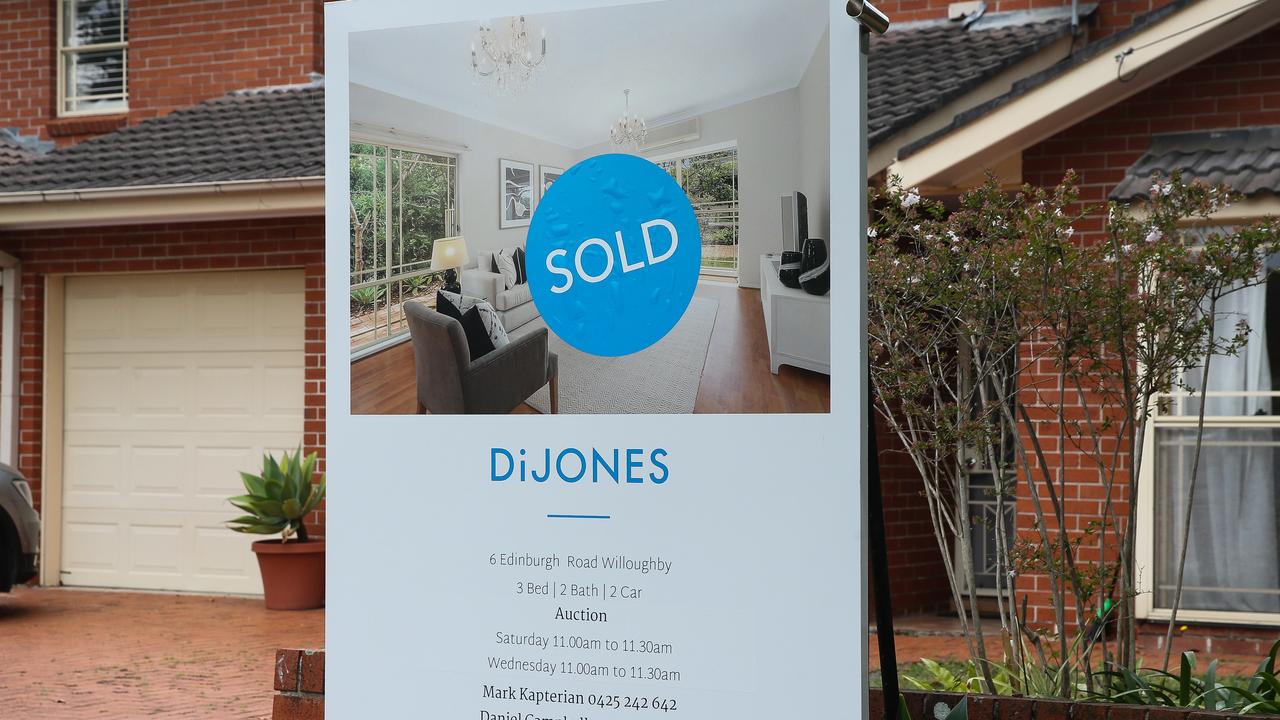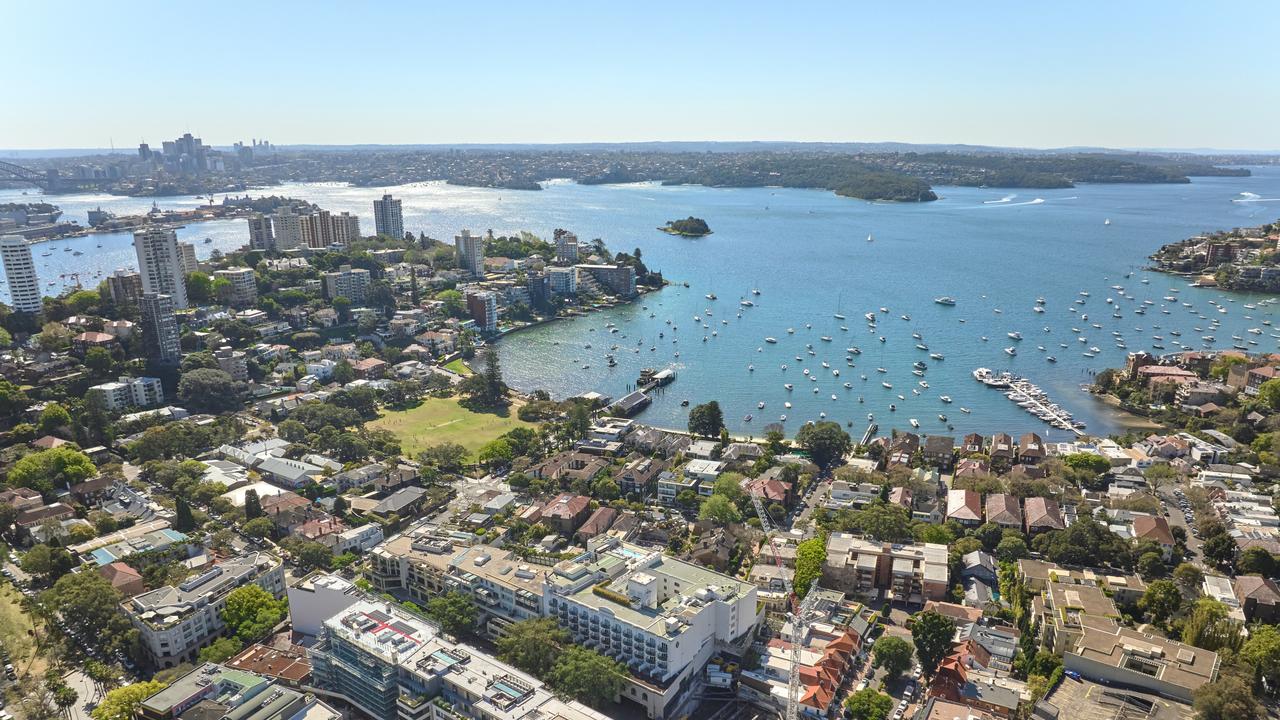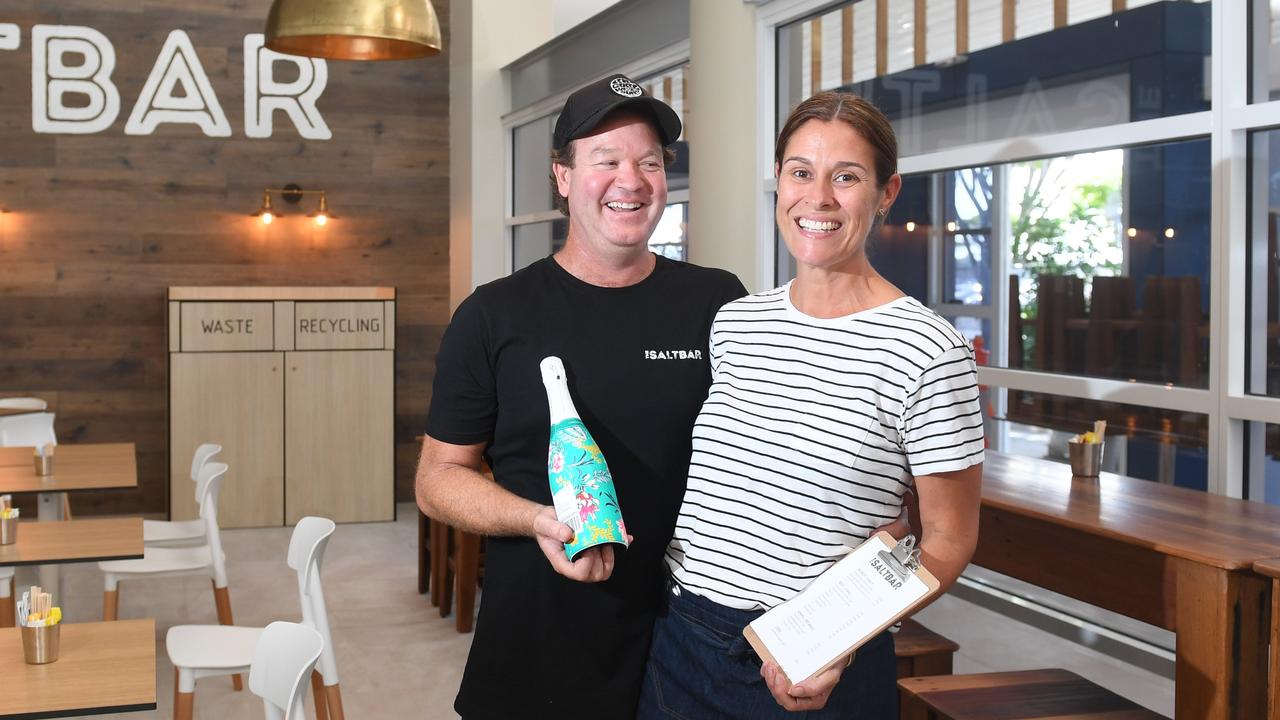Insurers hope Australians have disaster-proofed their property during recent ‘benign’ times
The insurance industry says homeowners should have used two ‘benign’ years to make their homes resilient against floods and fires, because if they haven’t then 2025 could be very expensive.

Business
Don't miss out on the headlines from Business. Followed categories will be added to My News.
What could have been a wet and wild 2024 was actually an unusually “normal” 12 months without too many fires, floods or storms – and the insurance sector can rightly breathe a sigh of relief after several expensive years.
Australia’s insurance sector has experienced a remarkable turnaround and the share prices of the majors, Insurance Australia Group, Suncorp, and QBE, have all risen alongside their bumper profits driven by a repricing of insurance across their markets.
The tale of Australia’s insurers couldn’t be more different from the troubled market of some overseas compatriots; the bushfires ravaging California highlight the difficulty some insurers face thanks to pricing and claims.
Parts of Australia have already been burnt this summer. A blaze in Victoria’s Grampians region that started in mid December destroyed four homes and 40 outbuildings before being brought under control.
The flames, which scorched parts of the rugged Central Victorian region, killed 775 sheep and damaged 10,000ha of pasture before cool weather intervened.
The industry has rapidly repriced in the wake of several years of catastrophic events with premiums up 9 per cent over the past year – and stressed customers now comprise 15 per cent of the total market.
The industry has pushed through a collective 30 per cent jump in premiums, off already high bases, according to the Actuaries Institute.
Insurers have been abandoning offering policies in dangerous areas, either by refusing to write cover for homes or offering premiums so unaffordable that property owners cannot cover the costs.
The sector has been taken to task over its response to the floods, and a review of 11 major general insurers has found significant failures to handle and resolve complaints or respond to claims.
Insurers are attempting to respond to the crisis of pricing, and both IAG and Suncorp – which want to grow customer numbers – are now touting ways customers can reduce their premiums.
This includes advising customers on their natural catastrophe risks, a key recommendation of a landmark parliamentary review into the sector in the wake of the devastating 2022 floods.
Suncorp, which operates the AAMI, Vero, GIO, Bingle, and Shannons brands, has increased its natural catastrophe budget by more than $1bn since 2020 after a series of disasters resulted in its profit expectations being torched by payouts,
The insurer reported $1.4bn in natural hazard claims in the 2024 financial year, which was down on the $2.3bn in 2023 and $2.6bn in 2022.
Suncorp consumer insurance executive Lisa Harrison said it was too early to tell whether the 2025 financial year was likely to be benign and that a significant catastrophe over the holiday period – or, the industry’s worst fear a repeat of the 1999 Sydney hailstorm – could change everything.
“We do think there’s a potential for a wet season, heavy rainfall, and storms still on the forecast,” she said.
But Ms Harrison said the devastation of the 2022 floods, which inundated some areas along Australia’s east coast, set a precedent for the industry.
“I think it’s been a tremendous opportunity for the industry to learn in terms of claims management practices,” she said.
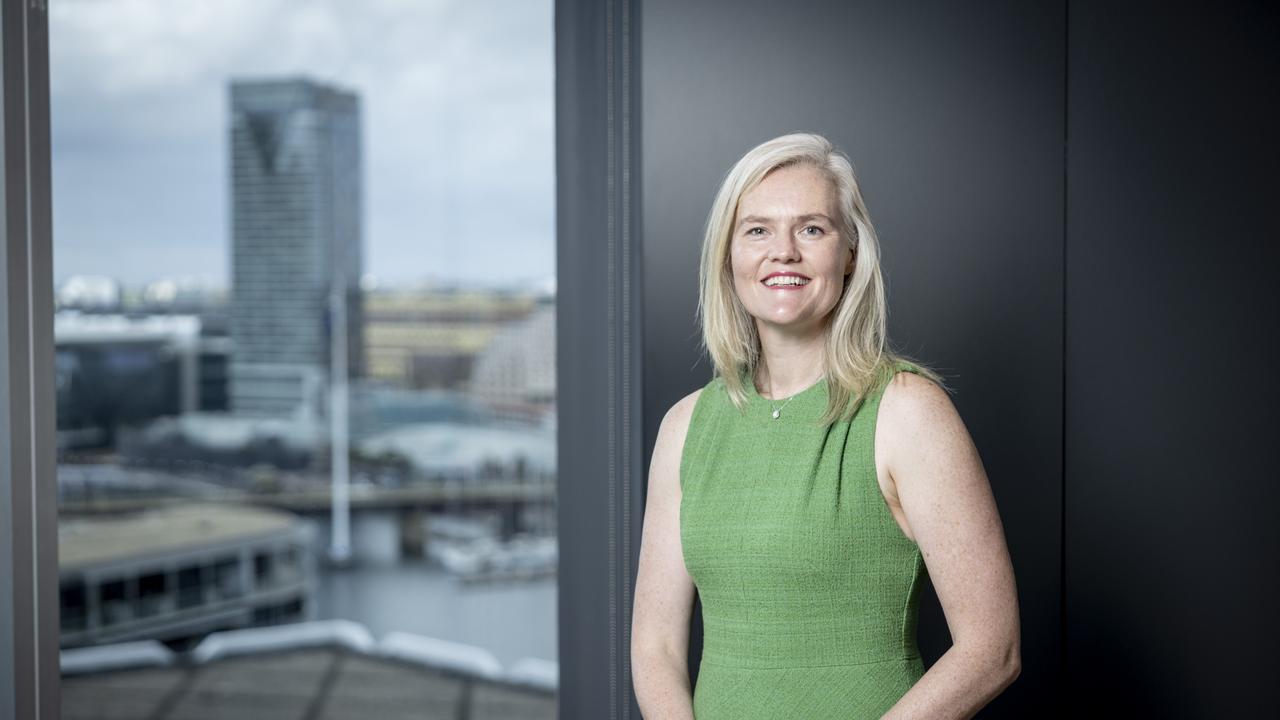
Ms Harrison, who oversees Suncorp’s motor and home insurance businesses, said the insurance sector had been forced to grapple with a massive increase in inflation as building and labour costs soared, driven by demand for rebuilding and repairs.
She said this had in turn driven premium increases.
“At a simple level we’re making an assessment in terms of the likelihood of something happening,” Ms Harrison said.
Suncorp is changing its approach to what people can do to mitigate themselves against repeated damage from flooding or fire, and some homeowners can cut more than 18 per cent off their premiums
Ms Harrison said homeowners were increasingly aware of what could be done to make homes more resilient to disastrous weather.
Suncorp customer Anne Goulding rebuilt her rental property in Brisbane after it was flooded and has made alterations to try to avoid future damage,
Builders have raised power-points around the property and have replaced internal walls with water-resistant materials.
Ms Harrison said the work was needed so that the house, the lowest in the street, needed only to be washed out.
IAG, which operates NRMA, CGU, WFI, RACV and soon RACQ brands, has similarly reduced premiums for customers who have prepared their properties against natural disasters.
Paul Cameron’s Blue Mountain’s home is one IAG-insured house that was handed a discount after proving its fire-safe credentials.
Mr Cameron said the Dargan home proved it could survive one catastrophic bushfire, despite flames coming within 5m of the property.
Those same flames claimed 49 homes and buildings in Dargan.
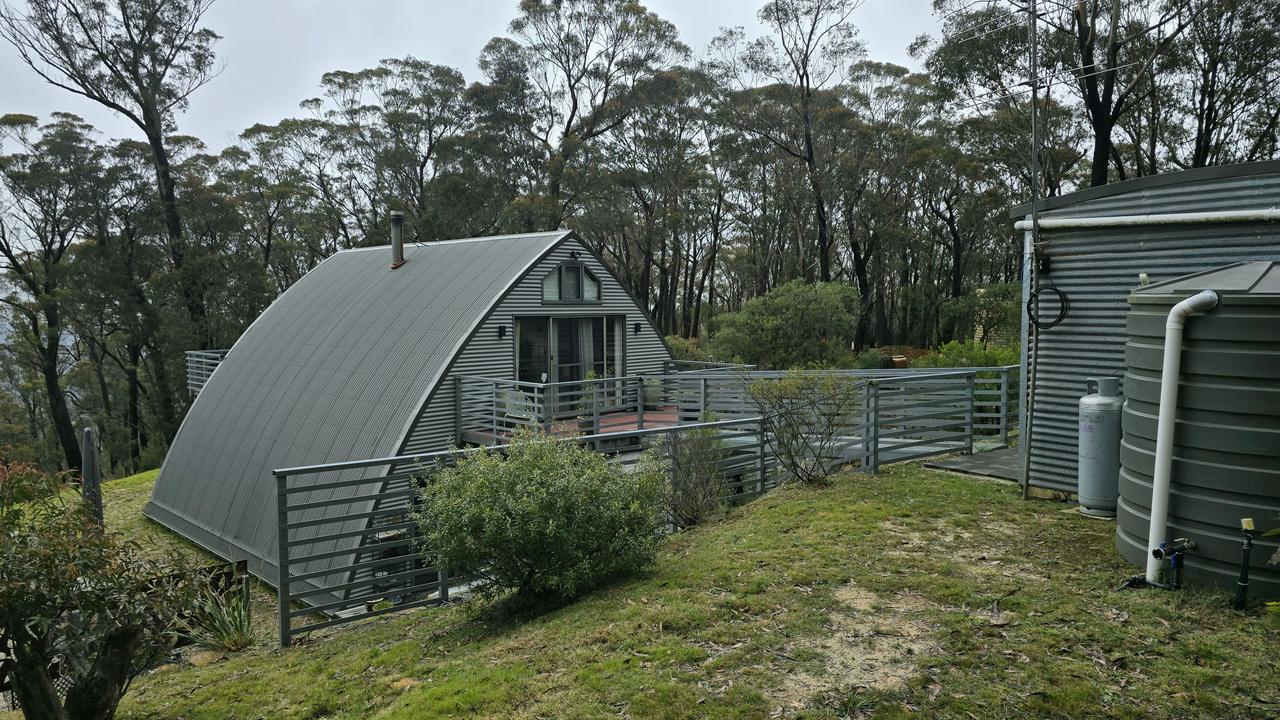
Mr Cameron said it was pleasing that fire-safe homes were being rewarded by the insurers.
“It’s always felt you were in this or that postcode and therefore this is your insurance premium, without actually acknowledging how hard you might be working to protect yourself,” he said.
“This acknowledgment – it’s worthwhile doing something rather than saying we build it to the standard and if it burns down insurance will cover us.”
IAG land planning, hazards and regulatory manager Andrew Dyer said some homeowners could get “quite significant” benefits on their insurance premiums by showing improvements and resilience measures.
This could include raising a home in a flood zone, or installing fire-safe materials.
But Mr Dyer said it was unfortunate many homeowners didn’t think about the issue until they went through a disaster.
“We need to get in front of that,” he said. “We’ve found that the state government’s investment in household retrofitting has been a very effective way to do that.
“If you tell a customer not only will you receive an insurance benefit but maybe your local or state government will subsidise the cost of these works, that’s a much more palatable way of doing things.”
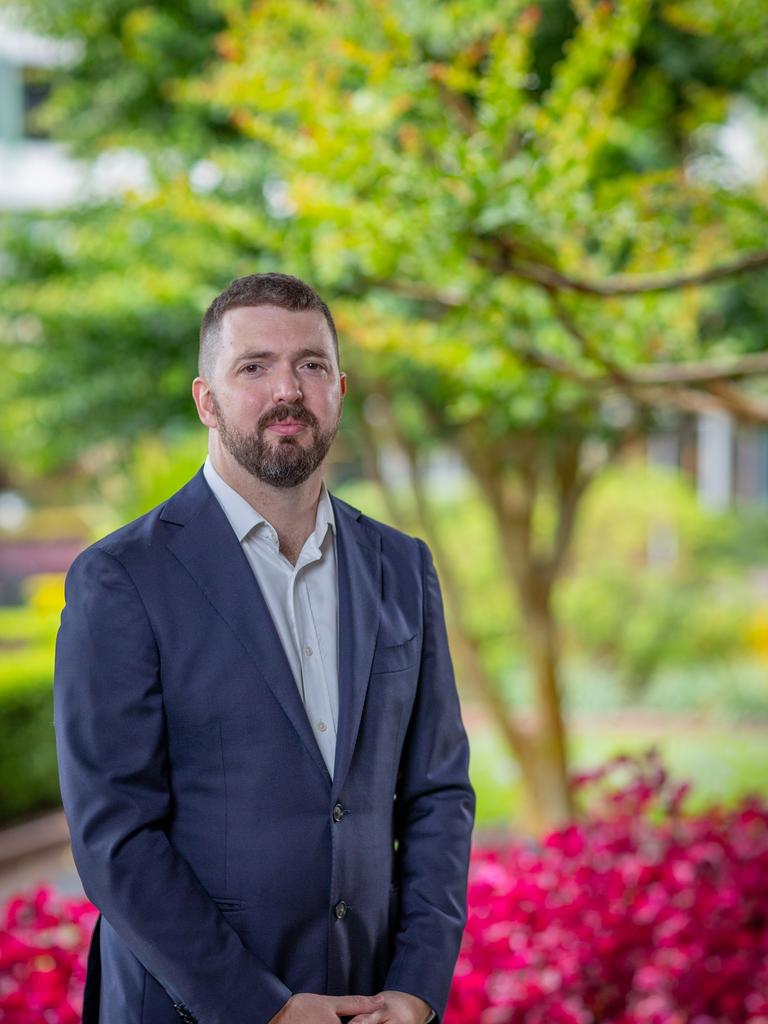
Mr Dyer said councils had to do more to help homeowners understand the risks to their properties but noted many also had to live with the mistakes of past planning decisions.
A recent attempt to warn homeowners in Sydney’s eastern suburbs of a flood risk sparked a backlash from residents over fears the value of homes singled out could be affected.
“Basic risk information should underpin where we build and what we build; it doesn’t make sense that we pay for information,” Mr Dyer said.
He said the planning code was “for the most part” protecting homeowners from fires and floods, but cautioned that the system still missed too many properties deemed to have minimal risk.
“We need a bit of a nuanced stepped level of controls,” he said.
Resilient Building Council boss Kate Cotter said the other issue Australia faced was a legacy of 11 million older homes, many of which would need retrofitting to survive floods and wild weather.
She said there were pros and cons for older buildings, as some were built from robust materials or had solid foundations.
Ms Cotter said retrofitting older homes came with the added complication of heritage planning controls.
“There’s nothing simple about this,” she said. “Whether it’s about heritage overlays or trying to speed up building, if we don’t embed resilience in an overriding objective we end up with adverse outcomes.”
Originally published as Insurers hope Australians have disaster-proofed their property during recent ‘benign’ times





